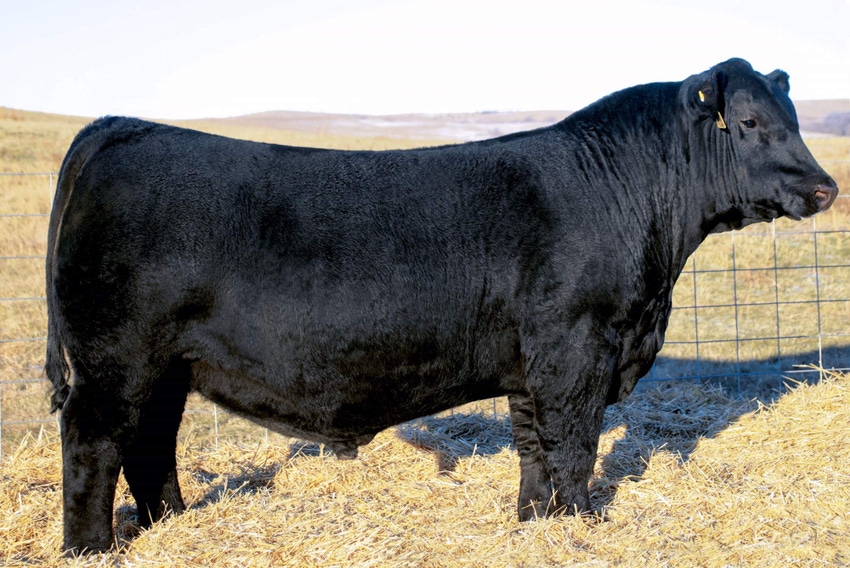An Angus bull recently sold for a record $800,000. Is he really worth that much?

An Angus bull recently sold for a record-setting $800,000, topping the record set just last year of $750,000. Many might think spending that much on a single bull to be a fool’s errand.
But is it? Maybe not.
The bull, SAV Elation 7899, was produced by Schaff Angus Valley of Saint Anthony, N.D., and purchased by Square B Ranch and Cattle Company of Warsaw, Mo., and Bogle Ranch LLC of Langley, Okla. The Schaffs retained a 20% ownership interest in the herd bull.
The bull’s genetics are certainly impressive. Whether or not those genetics are worth that much is up to you to decide. They certainly were for the ranches that invested in them. Keep in mind he was 14 months old when he fetched that much money.
It could be argued, though, that the bull represents more than just a lot of money. He may well represent the future of the beef business.
Why do I think that? Because one of my takeaways from 2017 and the remarkable consumer demand we saw for beef is that the trend toward quality beef is very real and isn’t going away.
Apparently, the folks who bought Elation 7899 think so, too. Elation joins a set of elite sires at Square B Ranch, providing the genetic foundation for the Quality Beef program, a Missouri-based network of ranchers whose focus is on improving quality, consistency and value of cattle, according to a news release announcing the sale.
The Quality Beef program was originally created by the University of Missouri before being acquired by Square B Ranch and owner Brian Bell. The goal of Quality Beef is to capture more value from cattle raised on the same resources.
For instance, in an average pen of feedlot cattle, Quality Beef historically shows a gross value difference of about $1,000 per head, on average, for high-quality feedlot cattle versus their lower-quality, costlier counterparts, Bell says in the release. In other words, it pays to have access to great cattle that work in all phases of production, from pasture to feedyard – and that’s why the investment in Elation was made.
Related: Getting cow nutrition right from the start
With all the reproductive technology available today, there’s no question that curve-bending genetics can be disseminated more quickly and widely across the industry. That same technology enables operations of all sizes to utilize genetics capable of producing the highest quality beef, and not necessarily for any higher cost.
So, if you assume being able to create and capture significantly more value genetically for similar cost, then are such producers actually more cost-efficient than what we generally regard as low-cost producers?
If your goal is to be a low-cost producer, but you forego exploiting genetics with the potential to provide more value, are you at risk of having to participate in a market for your calves that will become more discounted over time, leading to increased cost inefficiency?
If you do exploit curve-bending genetics but don’t market your calves through a value-added alliance, are you at similar risk?
I don’t know the answer to those questions. Do you?
About the Author(s)
You May Also Like



